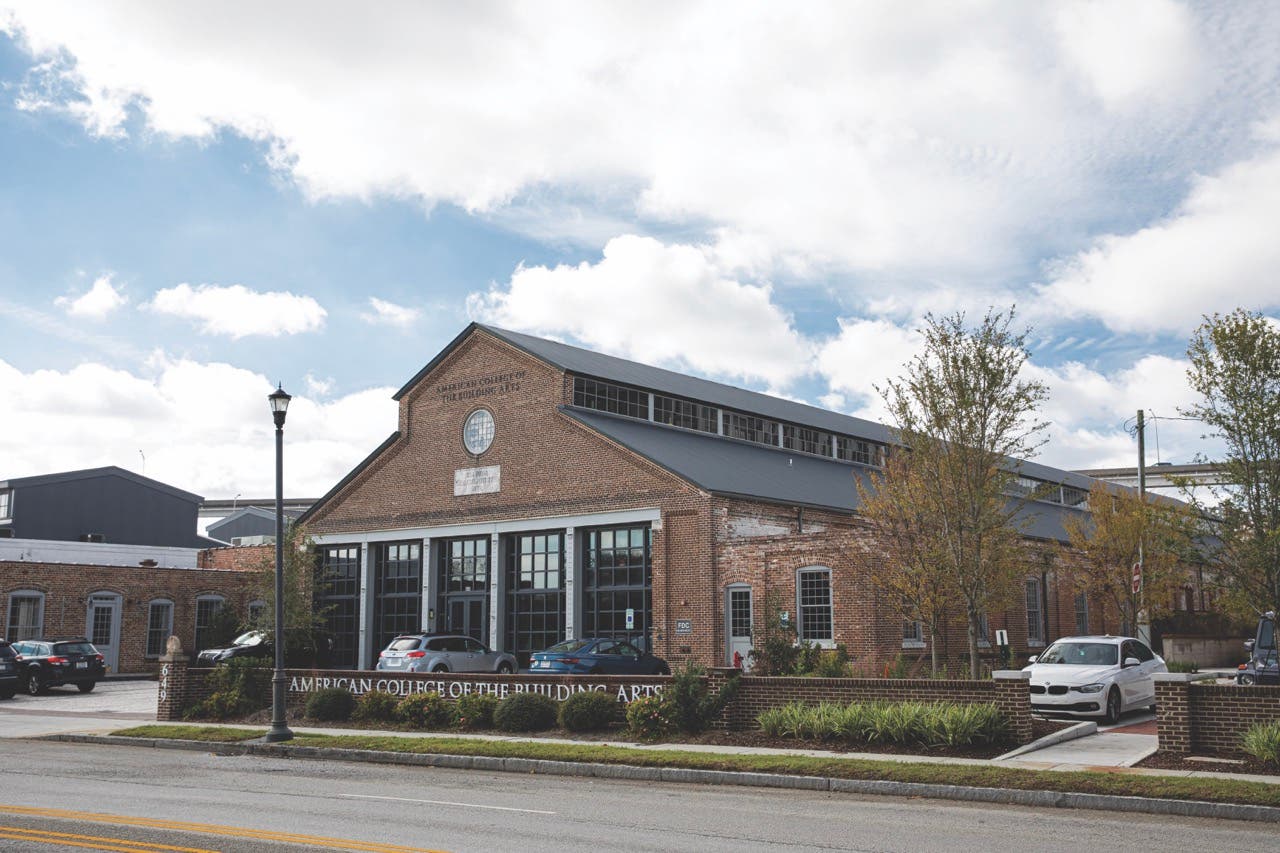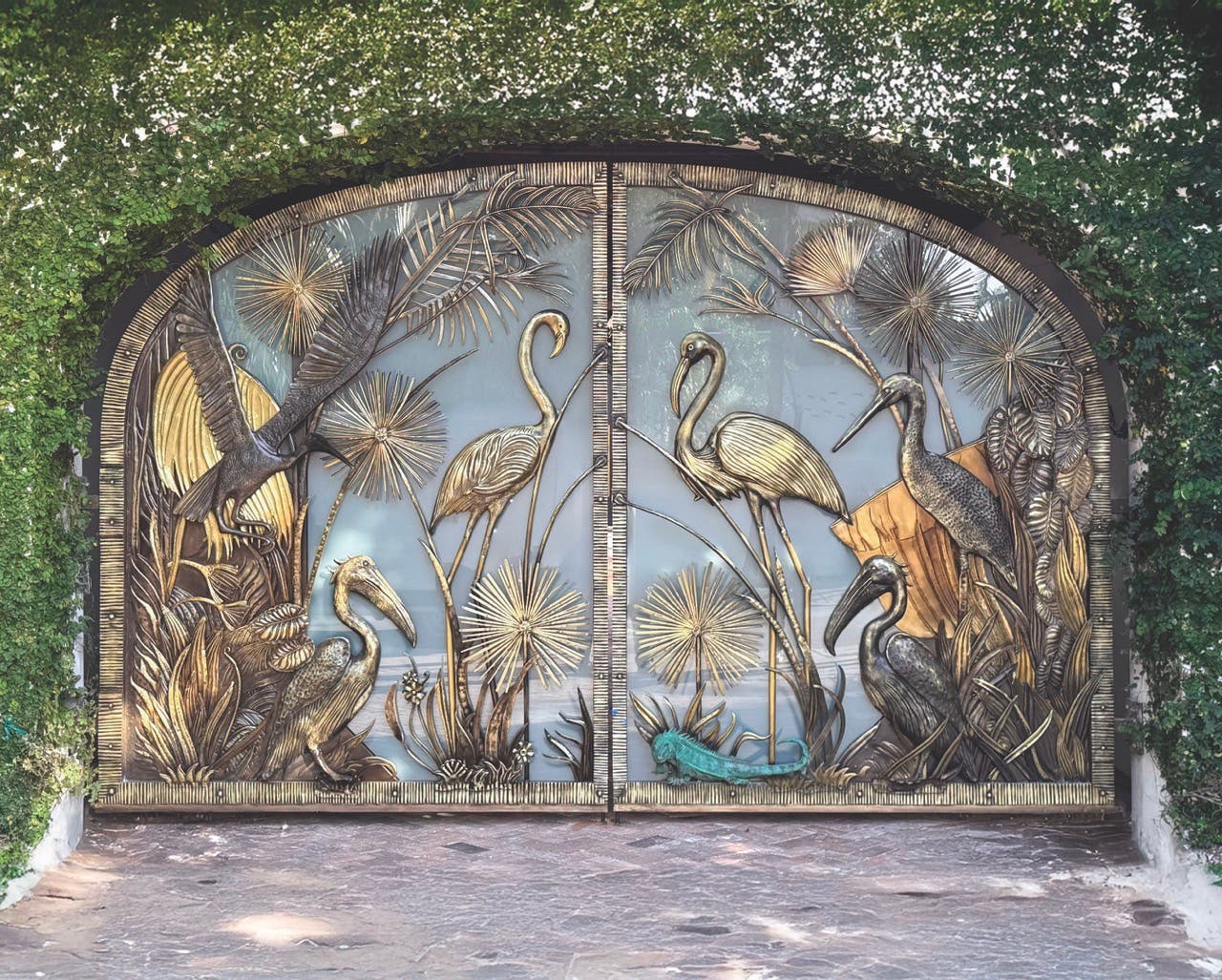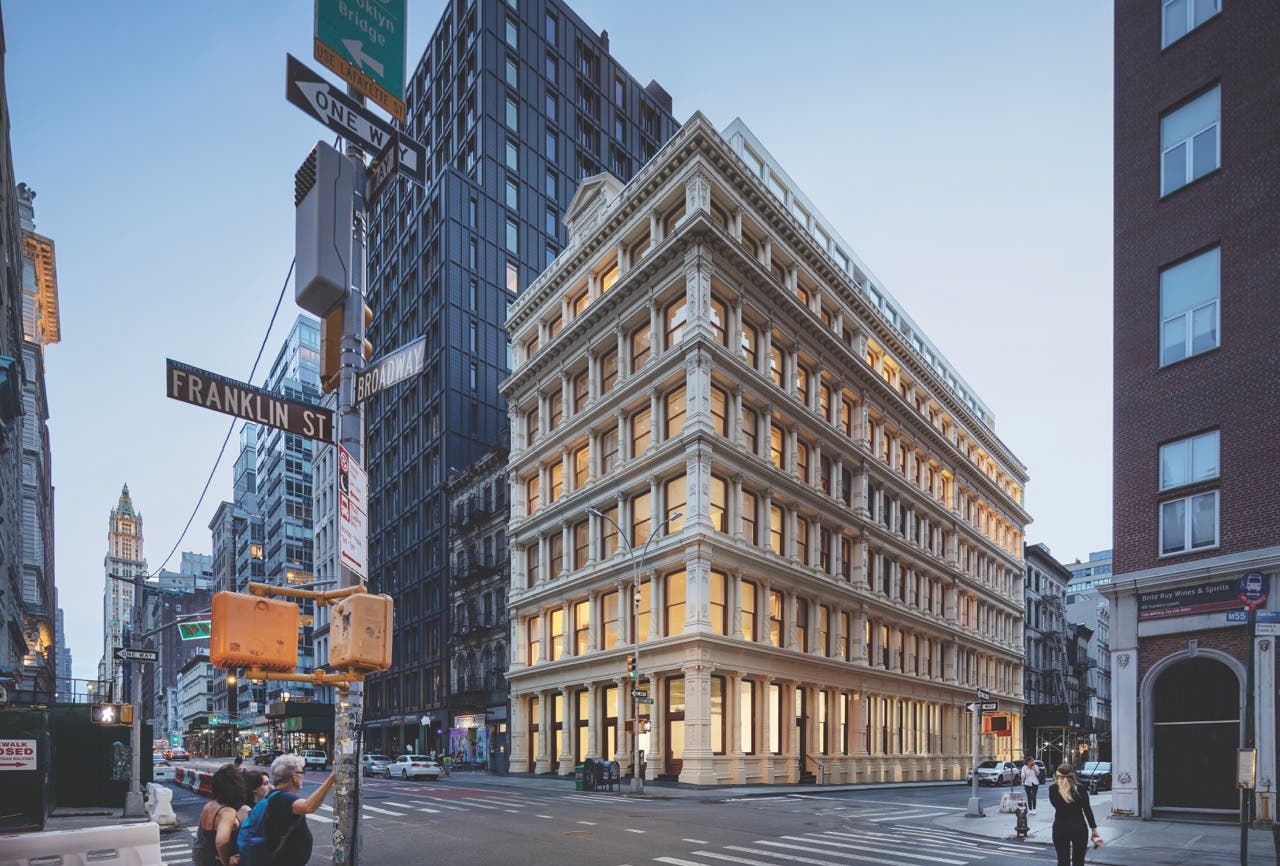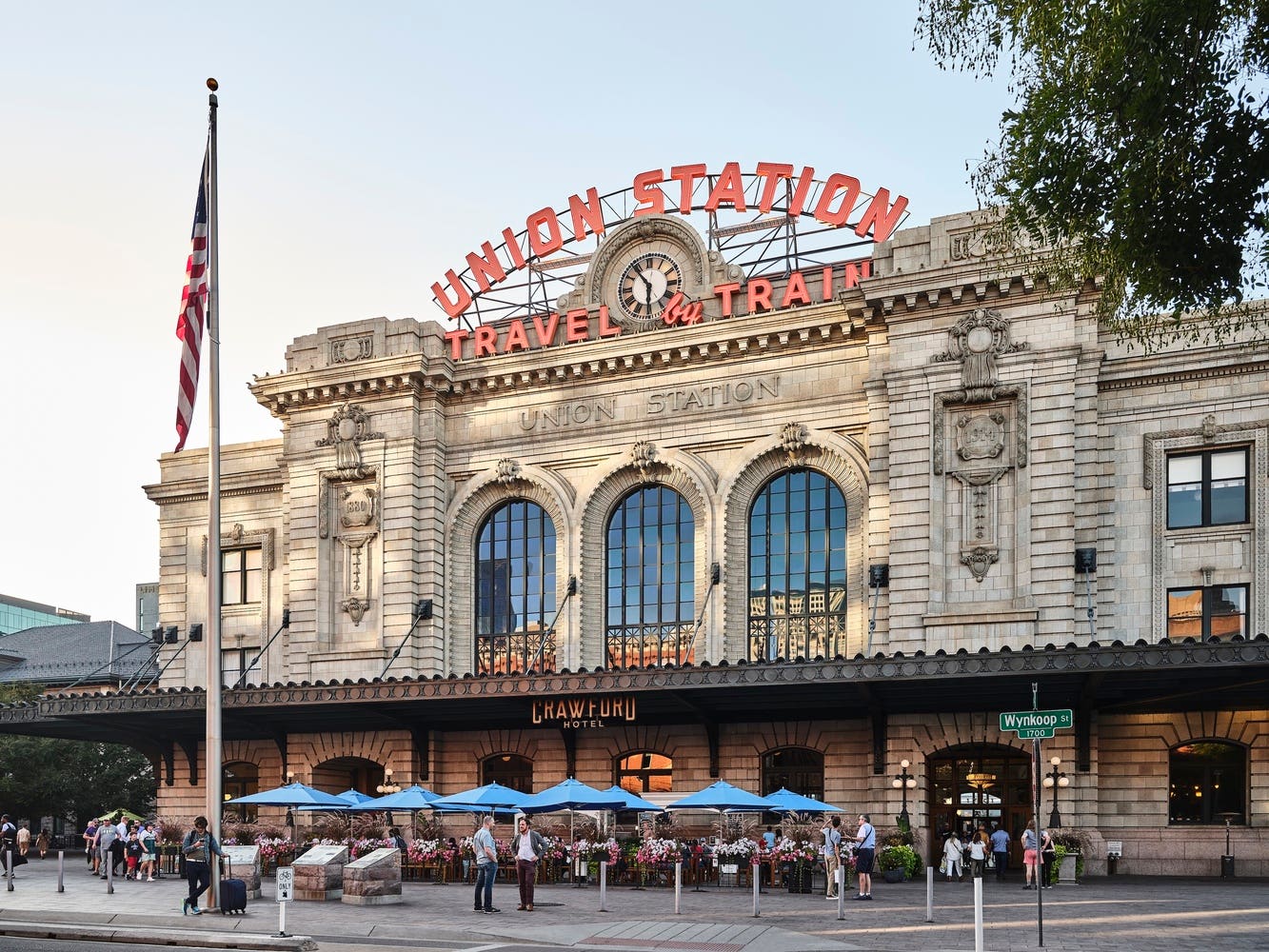
Features
Preservation Pioneer Sharon Park
Preservation isn’t a job, it’s a commitment. Ask Sharon Park, associate director of the Architectural History and Historic Preservation division (AHHP) for the Smithsonian Institution, who for nearly five decades has dedicated her career to preservation. “Preservation is a ‘Can Do’ job, but it takes a lot of know how to do it correctly,” says Park.
Park came to the world of preservation almost by happenstance. A 1971 graduate of Catholic University with a Bachelor of Architecture, Park was trained in contemporary design. But after working in a contemporary design firm, an early opportunity arose in historic preservation when she found herself working on a Bicentennial preservation project in Alexandria, Virginia. “Baptism by fire” is how she described it, and from there, she was committed.
In the 1970s, preservation was a new concept—urban renewal was more on trend, but Park was passionate and had the background to push progress. “Preservation is the foundational understanding of historic buildings, materials conservation, and hands-on preservation. My training included understanding design, materials, and construction,” says Park. Following the Bicentennial, Park received her Master’s in American Studies, with an emphasis on historic preservation from George Washington University, and had a family.
At the time there were few women involved in architectural practice, fewer in architectural preservation, and even fewer holding leadership positions. Park joined the National Park Service in 1980, and worked her way from an entry-level position as a reviewer of historic tax credit projects to the chief of Technical Preservation Services, a position she held from 1997 to 2007. During her time at the National Park Service, she was the lead author of numerous Preservation Briefs, which are still used today in the profession and in academic programs. In 2007, Park joined the Smithsonian Institution, where she is currently associate director. As a preservation officer in the Office of Planning Design and Construction, Park is responsible for technical review of infrastructure improvements and preservation approaches of the Smithsonian’s more than 40 historic buildings including five National Historic Landmark buildings and sites on the Mall in Washington, D.C., and other areas.
What changes have you noticed regarding how people think about preservation over the past decades?
People began to realize that historic preservation and the cores of these communities were so unique in character. They realized they were missing something. They got tired of living outside the city and decided they wanted to live downtown and experience more community-centric living. The National Park Service’s Historic Tax Credit program has been instrumental in adapting buildings into urban and downtown housing and retail.
People value the craftsmanship in older buildings, the quality, and [realize that] the architecture is charming and relevant to the climate. These historic houses are tied to the environment and are enduring.
How is the Smithsonian engaged with modern buildings and contemporary architecture?
Buildings and properties generally 50 years old or older (or buildings tied to an important event like a treaty) or archaeological, architectural and/or social significance can be considered for the National Register of Historic Places.
The Hirshhorn Museum and Sculpture Garden, now 46 years old, is eligible for individual inclusion [not just contributing element] in the National Register of Historic Places. For new contemporary buildings at the Smithsonian, take for example the National Museum of African American History and Culture designed by architect David Adjaye, it, too, is considered a contributing building to the National Mall. There were multiple layers of reviewing [the project] to make sure the new building was compatible in a historic district.
How is the Smithsonian implementing green practices?
We have had a commitment to sustainability since 2004, which includes how we approach historic preservation. Our projects are U. S. Green Building Council Leadership in Energy and Environmental Design (LEED) certified at a minimum and some are LEED Platinum. [We focus on] maximum energy performance while maintaining historic buildings.
The museum’s buildings pose a unique challenge as the structures in the Mall complex must be blast resistant, and include efficient mechanical systems and our engineers look for efficiency such as ground sourced wells for heating and cooling and photo voltaic panels when possible.
How is the Smithsonian expanding its public visibility of its collections?
We are also expanding the digital collection and implementing new ways to engage with an extensive digitizing program, in particular the decorative arts collection at the Smithsonian headquarters known as the Castle.
In 1964, S. Dillon Ripley joined the Smithsonian as secretary and brought in period/Victorian furniture for aesthetics and academics, effectively establishing a complete collection of furniture, ephemera, photographs, historical records, and more. The museums are also engaged in extensive digitizing of their collections available on the web.
What’s your favorite Smithsonian building?
It’s hard to pick your favorite child. Currently, it’s the Arts and Industries Building. [Built in 1881 as an exhibition hall, the Arts & Industries building was the second building in the Smithsonian line up.] I used it as part of my master’s thesis studying fireproof construction post Civil War and got to know it pretty intimately before I started working at the National Park Service. It has every bell and whistle. Now that I am at the Smithsonian, I can be a major voice in its restoration. It was so futuristic at the time, and it’s interesting to think what [they thought] futuristic would be. We can build on that.








